Description
Basic machines are simple tools or devices that help us do work more easily by changing the direction or magnitude of a force. These machines don’t decrease the total amount of work you need to do, but they make it easier to perform that work. There are six classical types of simple machines, each with its own mechanism for making tasks easier. These are:
### 1. **Lever**
A lever is a rigid bar that rotates around a fixed point called the **fulcrum**. It amplifies an input force to lift or move a load. The lever has three main parts:
– **Fulcrum**: The pivot point.
– **Effort**: The force you apply to move the load.
– **Load**: The object being moved.
#### Types of levers:
– **First-class lever**: The fulcrum is between the effort and the load (e.g., a seesaw, a crowbar).
– **Second-class lever**: The load is between the fulcrum and the effort (e.g., a wheelbarrow).
– **Third-class lever**: The effort is between the fulcrum and the load (e.g., a fishing rod, a pair of tongs).
### 2. **Inclined Plane**
An inclined plane is a flat surface that is tilted at an angle to the horizontal. It allows you to lift a heavy object by applying a smaller force over a longer distance. The steeper the incline, the greater the effort required, but it makes lifting easier than lifting vertically.
– **Example**: A ramp or a slide.
### 3. **Wheel and Axle**
A wheel and axle consists of a larger wheel attached to a smaller axle, and when the wheel is turned, the axle rotates as well. This machine can either amplify the force or the distance, depending on how it’s used.
– **Example**: A doorknob, a car wheel, or a screwdriver.
### 4. **Pulley**
A pulley is a wheel with a groove along its edge through which a rope or cable runs. Pulleys can change the direction of the applied force, and when combined, they can also reduce the amount of force needed to lift a heavy load.
– **Fixed Pulley**: Changes the direction of the force (e.g., a flagpole).
– **Movable Pulley**: Reduces the amount of force needed to lift a load (e.g., a construction crane).
– **Compound Pulley**: A combination of fixed and movable pulleys to provide mechanical advantage (e.g., block and tackle system).
### 5. **Wedge**
A wedge is a simple machine that is essentially two inclined planes joined back-to-back. It converts a force applied to its blunt end into a splitting force. The thinner the wedge, the greater the force applied to split or separate objects.
– **Example**: An axe, a knife, or a chisel.
### 6. **Screw**
A screw is an inclined plane wrapped around a central core. It converts rotational force into linear force, allowing you to hold objects together or lift heavy loads with less effort.
– **Example**: A jar lid, a bolt, or a screw jack.
### How These Machines Make Work Easier
Each of these simple machines works on the principle of **mechanical advantage**, which is a way of reducing the effort needed to perform a task. The mechanical advantage depends on the ratio of distances moved (or forces applied) in the machine.
For instance:
– In a **lever**, if the effort arm (distance from the fulcrum to where you apply force) is longer than the load arm, the mechanical advantage is greater, making it easier to lift a heavy object.
– In a **pulley system**, combining multiple pulleys can spread the effort over a longer distance and reduce the force needed.
### Summary of the Six Basic Machines:
| **Machine** | **Function** | **Example** |
|———————|—————————————|————————–|
| **Lever** | Amplifies force by rotating around a fulcrum. | Seesaw, crowbar, fishing rod |
| **Inclined Plane** | Reduces effort to lift objects by extending the distance over which the force is applied. | Ramp, slide |
| **Wheel and Axle** | Amplifies force or distance through rotational motion. | Car wheel, doorknob |
| **Pulley** | Changes the direction of a force and/or amplifies force when combined. | Flagpole, crane, block and tackle |
| **Wedge** | Converts force into a splitting action. | Axe, knife, chisel |
| **Screw** | Converts rotational motion into linear motion, typically to fasten objects or lift them. | Screw, jar lid, bolt |
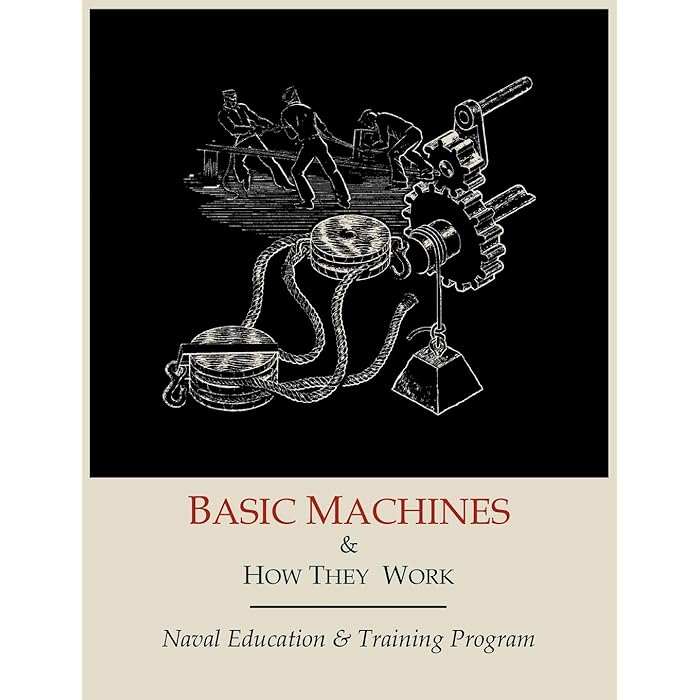

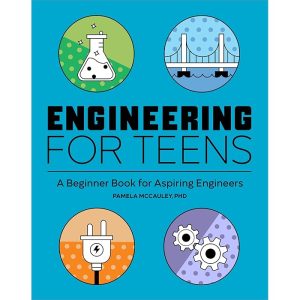
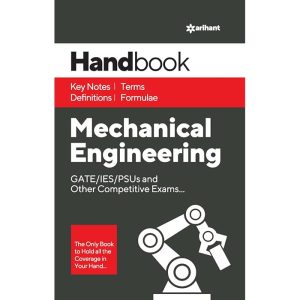
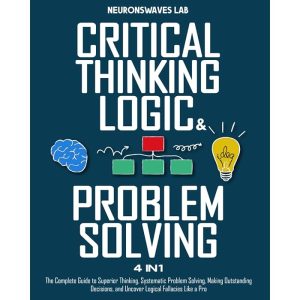

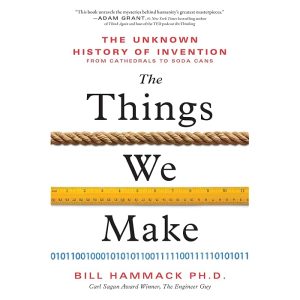
Reviews
There are no reviews yet.